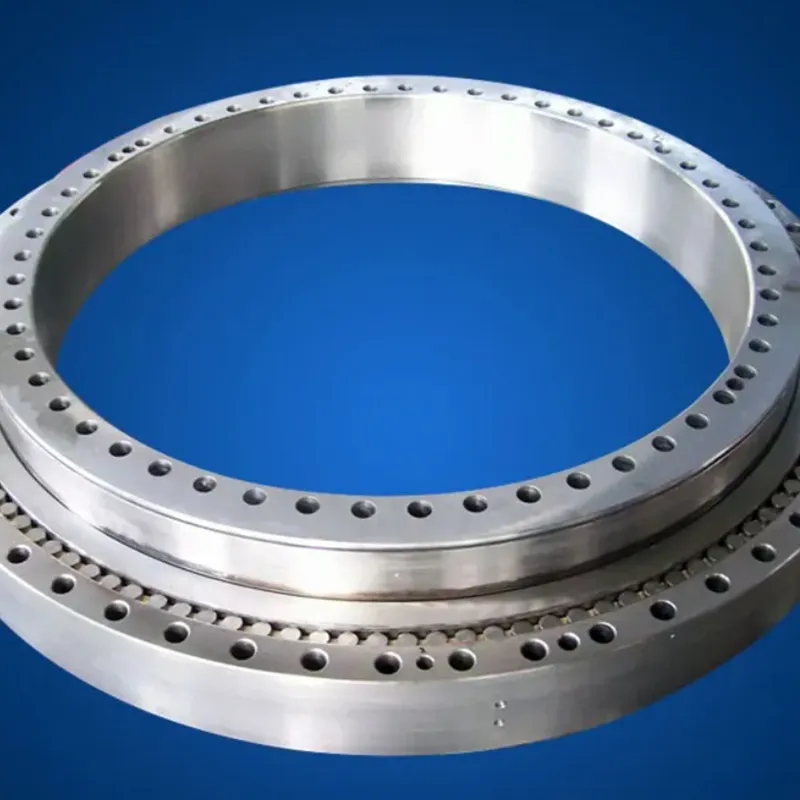-
Cangzhou Yulong Steel Co., Ltd.
-
Phone:
+86 13303177267 -
Email:
admin@ylsteelfittings.com
- English
- Arabic
- Italian
- Spanish
- Portuguese
- German
- kazakh
- Persian
- Greek
- French
- Russian
- Polish
- Thai
- Indonesian
- Vietnamese
- Zulu
- Korean
- Uzbek
- Hindi
- Serbian
- Malay
- Ukrainian
- Gujarati
- Haitian Creole
- hausa
- hawaiian
- Hebrew
- Miao
- Hungarian
- Icelandic
- igbo
- irish
- Japanese
- Javanese
- Kannada
- Khmer
- Rwandese
- Afrikaans
- Albanian
- Amharic
- Armenian
- Azerbaijani
- Basque
- Belarusian
- Bengali
- Bosnian
- Bulgarian
- Catalan
- Cebuano
- China
- China (Taiwan)
- Corsican
- Croatian
- Czech
- Danish
- Esperanto
- Estonian
- Finnish
- Frisian
- Galician
- Georgian
- Kurdish
- Kyrgyz
- Lao
- Latin
- Latvian
- Lithuanian
- Luxembourgish
- Macedonian
- Malgashi
- Malayalam
- Maltese
- Maori
- Marathi
- Mongolian
- Myanmar
- Nepali
- Norwegian
- Norwegian
- Occitan
- Pashto
- Dutch
- Punjabi
- Romanian
- Samoan
- Scottish Gaelic
- Sesotho
- Shona
- Sindhi
- Sinhala
- Slovak
- Slovenian
- Somali
- Sundanese
- Swahili
- Swedish
- Tagalog
- Tajik
- Tamil
- Tatar
- Telugu
- Turkish
- Turkmen
- Urdu
- Uighur
- Welsh
- Bantu
- Yiddish
- Yoruba

Dec . 28, 2024 18:37 Back to list
Exploring the Versatility and Applications of Metal Tubing in Modern Engineering
The Versatility and Applications of Metal Tubes
Metal tubes are indispensable components in various industries and applications, offering durability, strength, and versatility that few materials can rival. From construction to automotive engineering, the importance of metal tubes cannot be overstated. As technology and engineering continue to evolve, metal tubes are finding new uses and enhancements that broaden their applications even further.
Metal tubes are available in various shapes, sizes, and alloys, catering to specific requirements across different sectors. Common types of metal tubes include stainless steel, aluminum, brass, and carbon steel. Each material has distinct properties that make it suitable for specific applications. For example, stainless steel tubes are often used in environments that require resistance to corrosion and high temperatures, making them suitable for the food processing and pharmaceuticals industries.
One of the most notable features of metal tubes is their ability to withstand high pressures and temperatures. In the oil and gas industry, metal tubes are integral to drilling operations, transporting oil and gas through high-pressure systems. Tubes made from high-strength alloys are capable of operating under extreme conditions, ensuring that they can handle the demands of exploration and extraction processes.
In construction and architecture, metal tubes play a crucial role in structural frameworks. They provide strength and rigidity to buildings, bridges, and other infrastructures. Structural steel tubes, such as hollow structural sections (HSS), are especially popular due to their high strength-to-weight ratio and ease of fabrication. This characteristic allows architects and engineers to create innovative designs while maintaining safety and stability. Furthermore, the aesthetic appeal of exposed metal tubing has also made it a favored choice in modern architectural designs.
The automotive industry is another sector where metal tubes are essential. They are commonly used in exhaust systems, fuel lines, and structural components. The lightweight nature of aluminum tubes has been particularly beneficial in improving fuel efficiency in vehicles. With the growing focus on sustainability and reducing carbon footprints, automotive manufacturers increasingly seek lightweight materials that do not compromise safety or performance, positioning metal tubes as a key solution.
metal tube

Moreover, metal tubes are pivotal in various manufacturing processes. For instance, they are often utilized in the production of machinery and equipment, including hydraulic systems and pneumatic systems, where they convey fluids under pressure. The precision engineering of metal tubes allows for consistency in manufacturing processes, which is critical for the operational efficiency of machinery.
In the realm of consumer products, metal tubes have also made their mark. They are commonly found in household items, such as kitchen appliances, furniture, and even decorative elements. The aesthetic qualities of metal tubes, combined with their strength, make them attractive options for manufacturers seeking to blend style with functionality.
Despite their many advantages, working with metal tubes does come with challenges. The fabrication process requires specific techniques such as bending, welding, and cutting, which necessitate skilled labor and advanced machinery. Additionally, the cost of high-quality metal can be significant, affecting the overall budget for projects that rely heavily on metal tubing.
Looking towards the future, the advancements in metal tube technology are promising. Innovations such as 3D printing and improved alloy compositions are set to refine the manufacturing processes and expand the functionalities of metal tubes. For example, 3D printing with metal allows for the creation of complex geometries that are difficult to achieve through traditional manufacturing methods, potentially reducing waste and optimizing designs.
In conclusion, metal tubes are vital components in numerous applications, spanning diverse industries from construction to automotive to consumer products. Their unique properties allow for high durability and versatility, making them indispensable in areas requiring strength, precision, and reliability. As technology continues to advance, the potential for metal tubes only grows, promising to enhance efficiencies and expand their roles in our daily lives. Whether in supporting a skyscraper or enhancing vehicle performance, the significance of metal tubes is undeniable, underpinning the functionality of a modern world.
Latest news
-
ANSI 150P SS304 SO FLANGE
NewsFeb.14,2025
-
ASTM A333GR6 STEEL PIPE
NewsJan.20,2025
-
ANSI B16.5 WELDING NECK FLANGE
NewsJan.15,2026
-
ANSI B16.5 SLIP-ON FLANGE
NewsApr.19,2024
-
SABS 1123 FLANGE
NewsJan.15,2025
-
DIN86044 PLATE FLANGE
NewsApr.19,2024
-
DIN2527 BLIND FLANGE
NewsApr.12,2024
-
JIS B2311 Butt-Welding Fittings LR/SR 45°/90° /180°Seamless/Weld
NewsApr.23,2024











